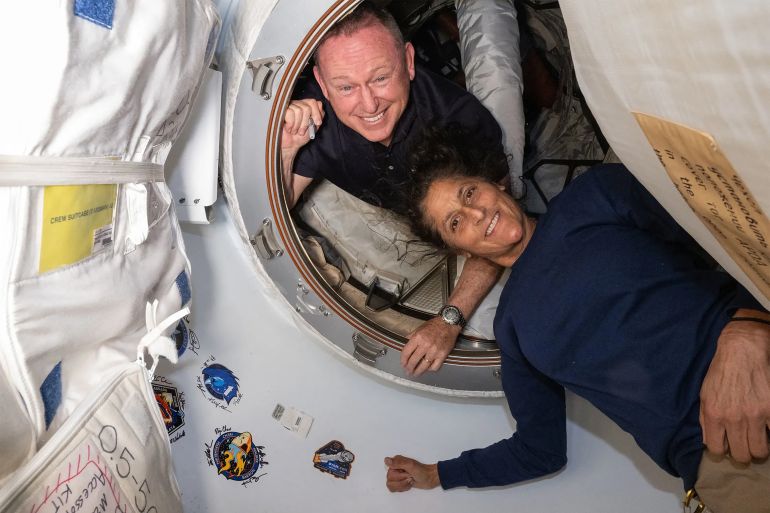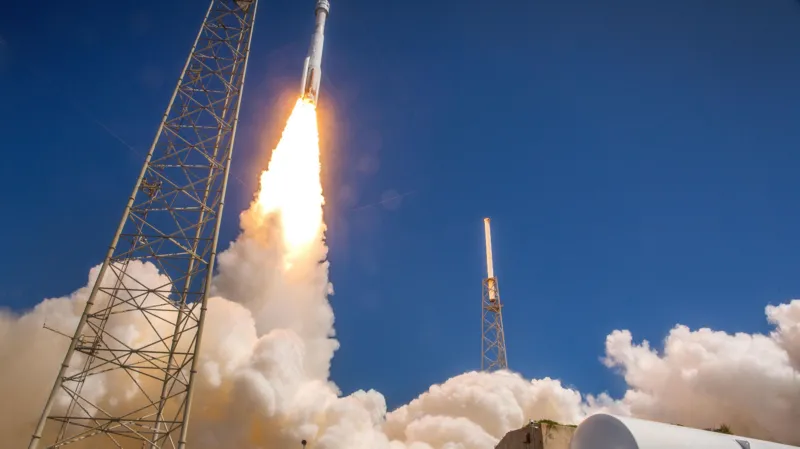NASA has announced that American astronauts, Barry “Butch” Wilmore (61) and Sunita Williams (58), who have been stranded aboard the International Space Station (ISS) since June 5, 2024, will return to earth on February 2025 via SpaceX.
Originally set for an eight-day journey, the pair has now spent over 80 days in space and will remain until February 2025 due to the spacecraft’s malfunctions.
The Boeing Starliner, which made its maiden crewed voyage, faced issues within the first 24 hours of the mission, including thruster failures and helium leaks. NASA had intended to use this mission to certify the Starliner for future human spaceflights, but the safety concerns forced the agency to reassess its return options.
The situation is particularly embarrassing for Boeing, which already faced years of delays and technical issues with Starliner, including a failed uncrewed test flight in 2019.
Boeing has spent over $1.6 billion on Starliner development since 2016, and the mission’s problems add to its struggles, affecting the company’s reputation and its ability to compete with SpaceX.
SpaceX’s Crew Dragon, which has successfully flown astronauts to and from the ISS multiple times, is now seen as a more reliable option. This resulted in NASA relying on Elon Musk’s SpaceX to bring the astronauts back to Earth, which further damages Boeing’s standing in the space industry.
“This decision is the result of a commitment to safety,” explained NASA Administrator Bill Nelson, stating that NASA is still “100 percent” confident the Starliner will eventually be certified for future flights.
NASA’s Steve Stich, manager of the Commercial Crew Program, added, “Our prime option was to return Butch and Suni on Starliner, but we have ensured other options are available.” NASA’s choice to rely on SpaceX, founded by billionaire entrepreneur Elon Musk, for the astronauts’ return was a hard decision as they had made earlier efforts to promote Boeing as a competitor.
Elon Musk, who is currently the world’s richest man, is well-known for revolutionizing space travel with his company’s innovations.
SpaceX was founded in 2002 with the goal of making space travel more affordable and eventually enabling life on other planets.
His company has been a critical partner for NASA, providing reliable spacecraft for manned missions to the ISS through its Crew Dragon vehicle and pioneering reusable rocket technology.
Wilmore and Williams are now set to return in February 2025 as part of SpaceX’s Crew Dragon mission, which is scheduled to launch next month.
Two of the four seats on that spacecraft will be reserved for the stranded astronauts.
Meanwhile, the Starliner will be returned to Earth unmanned as NASA and Boeing work to resolve the spacecraft’s propulsion issues.
NASA Associate Administrator James Free called the situation “an unfortunate setback,” but affirmed the importance of safety, stating, “This has not been an easy decision, but it is absolutely the right one.”
The astronauts’ extended stay aboard the ISS has reshuffled NASA’s operations, and while Boeing’s Kelly Ortberg faces ongoing challenges with both Starliner and Boeing’s commercial planes, NASA remains optimistic about future collaborations.




